Rising Prevalence of Sleep Disorders
The increasing prevalence of sleep disorders, including hypersomnia, is a notable driver in the Hypersomnia Market. According to recent data, approximately 10% of the population experiences some form of excessive daytime sleepiness, which is often linked to hypersomnia. This growing recognition of sleep disorders has led to heightened demand for effective treatment options. As awareness spreads, healthcare providers are more likely to diagnose and treat hypersomnia, thereby expanding the market. The rising incidence of conditions such as obesity and depression, which are associated with hypersomnia, further contributes to this trend. Consequently, the Hypersomnia Market is poised for growth as more individuals seek medical intervention for their sleep-related issues.
Increased Investment in Sleep Research
Increased investment in sleep research is a critical driver of the Hypersomnia Market. Governments and private organizations are allocating more resources to understand sleep disorders, including hypersomnia. This surge in funding is facilitating innovative research initiatives aimed at uncovering the underlying mechanisms of hypersomnia and developing new therapeutic strategies. As research progresses, it is expected that novel treatment options will emerge, further stimulating market growth. The emphasis on sleep health is also leading to collaborations between academic institutions and pharmaceutical companies, which may accelerate the development of effective interventions for hypersomnia. This trend underscores the importance of continued investment in sleep research to advance the Hypersomnia Market.
Advancements in Diagnostic Technologies
Advancements in diagnostic technologies are significantly influencing the Hypersomnia Market. Enhanced diagnostic tools, such as polysomnography and actigraphy, allow for more accurate identification of hypersomnia and its subtypes. These technologies facilitate early diagnosis, which is crucial for effective treatment. The integration of artificial intelligence in sleep studies is also emerging, potentially improving diagnostic accuracy and patient outcomes. As healthcare systems adopt these advanced technologies, the likelihood of identifying and treating hypersomnia increases. This trend not only benefits patients but also drives the Hypersomnia Market by creating a demand for innovative diagnostic solutions and treatment modalities.
Growing Demand for Personalized Medicine
The growing demand for personalized medicine is reshaping the Hypersomnia Market. Patients increasingly seek tailored treatment plans that consider their unique genetic, environmental, and lifestyle factors. This shift towards individualized care is prompting pharmaceutical companies to develop targeted therapies for hypersomnia. Recent studies suggest that personalized approaches may enhance treatment efficacy and patient satisfaction. As healthcare providers embrace this trend, the Hypersomnia Market is likely to expand, with a focus on developing customized treatment options that address the specific needs of hypersomnia patients. This evolution in treatment paradigms could lead to improved outcomes and a more engaged patient population.
Rising Awareness of Mental Health and Sleep Connection
The rising awareness of the connection between mental health and sleep is significantly impacting the Hypersomnia Market. As society becomes more attuned to the effects of mental health on sleep quality, there is a growing recognition of hypersomnia as a potential symptom of underlying psychological issues. This awareness is prompting individuals to seek help for their sleep problems, thereby increasing the demand for hypersomnia treatments. Mental health campaigns and educational initiatives are further contributing to this trend, encouraging people to address their sleep concerns. Consequently, the Hypersomnia Market is likely to benefit from this heightened awareness, as more individuals pursue effective solutions for their hypersomnia-related challenges.


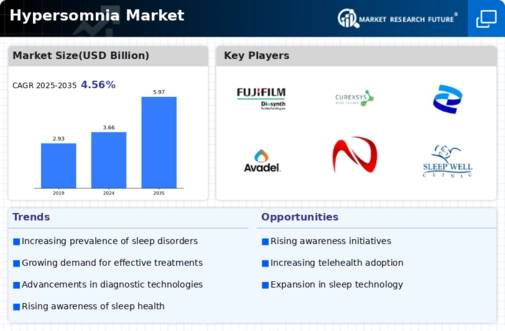
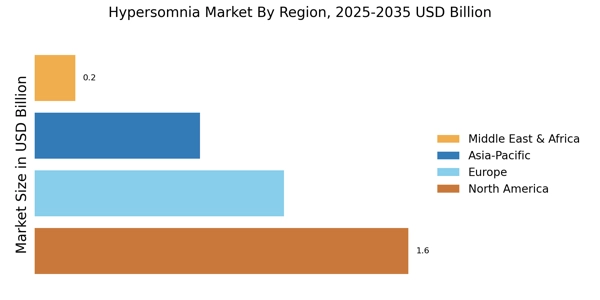


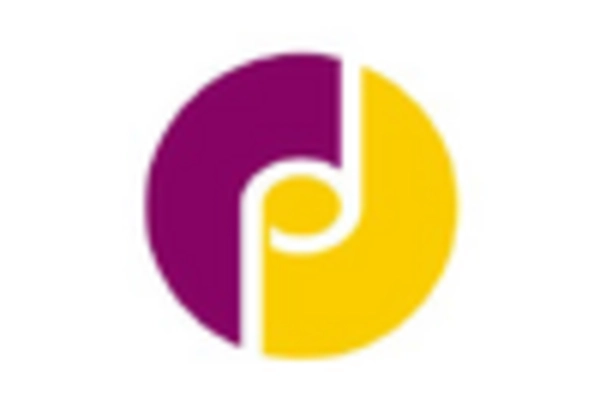

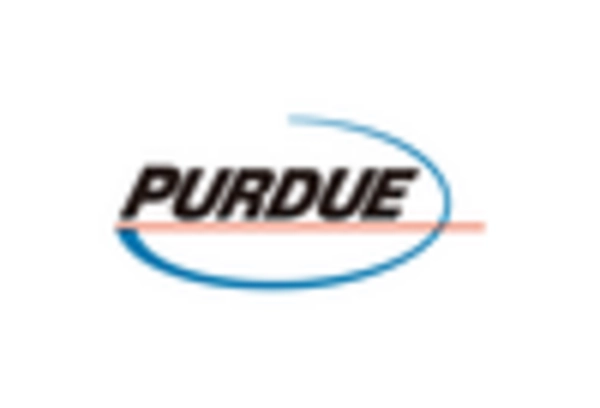
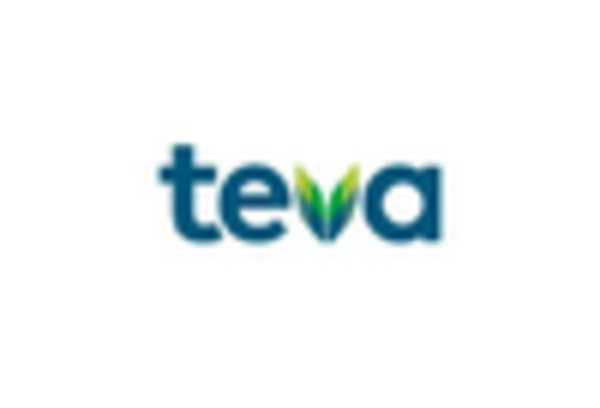








Leave a Comment